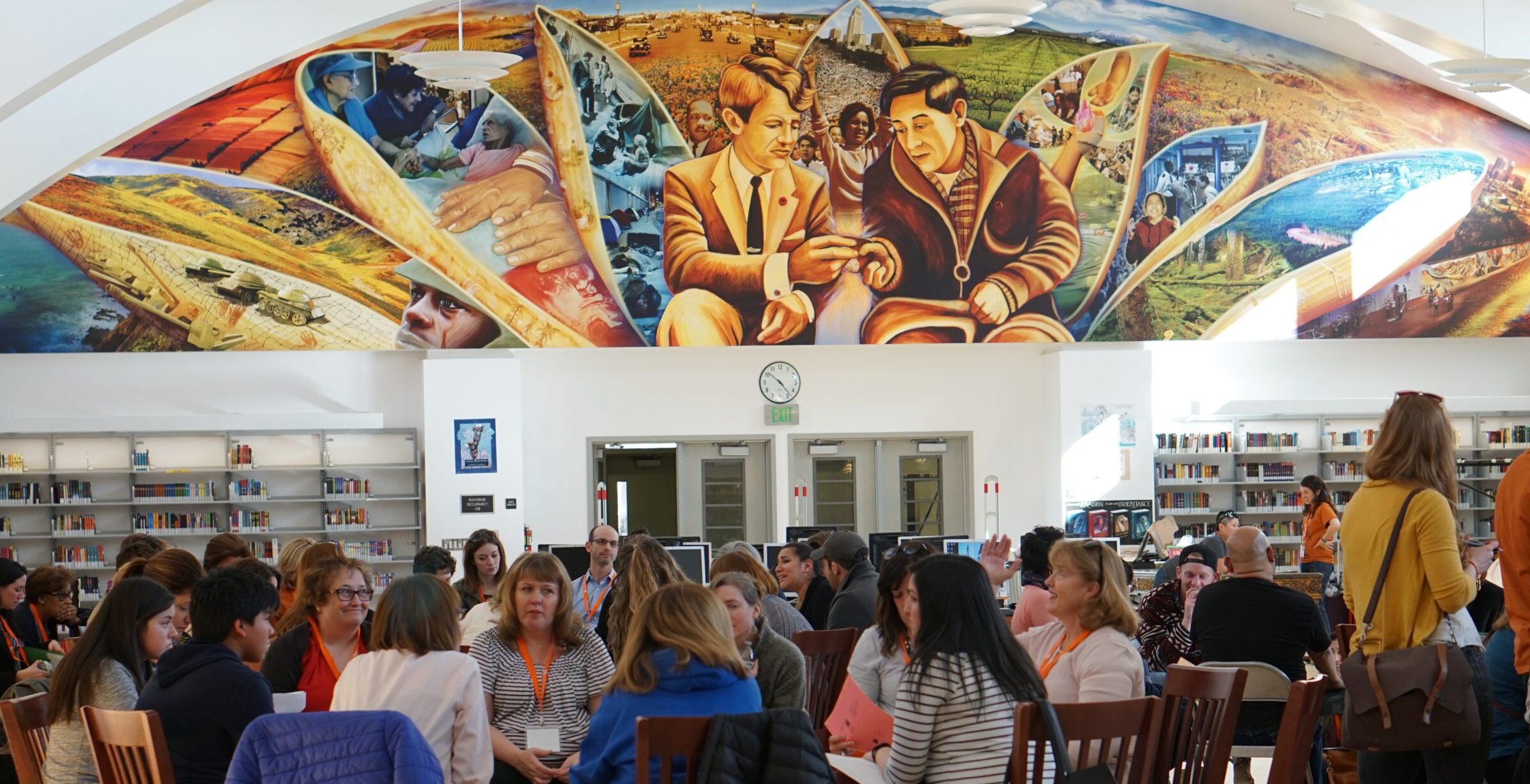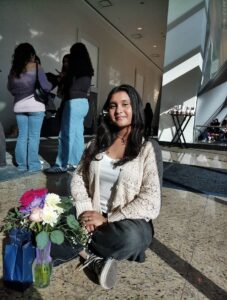
My name is Sujana Sabnam, and I am a senior at UCLA Community School, a teacher-powered school in Los Angeles. Having been enrolled here since kindergarten, I have had the opportunity to witness the many changes this school has gone through. I had not realized the unique ways in which the school operated until I moved to a different school in 2021 for a brief period of time.
Centering student dreams
Growing up, it felt normal for me to ask for help — the teachers and staff were able to create an environment where students felt supported and comfortable enough to reach out for anything. Not only did I feel supported emotionally, the academic and educational support from both teachers and staff at UCLA CS was unmatched. I had always been encouraged to pursue my dreams and believe in my worth.

Coming from a first-generation low-income background, it’s often difficult to find encouragement in my dreams of pursuing higher education. But with the positive words and enthusiasm from my teachers, I felt empowered to attain a degree past high school.
In it for the long haul
UCLA CS is unique in the sense that not only are we a community school, we are also a K-12 span school. I have grown up within the campus my entire life, which means that I have been with the same people, more or less, for around 12 years of my life. Like me, most of my fellow students have attended UCLA CS for most of their educational career.
I have had the fortune of seeing my peers grow up alongside me, learning about their cultures and being encouraged to explore their identities. When students had questions about something, teachers were always there to answer; however, if they did not know the answer, their response would be, “let’s find the answer together!”
This supportive environment has always felt very open to me — I was open to be myself, to explore my curiosity, and to ask questions because I knew that the adults around me would be there for me.
Creating a culture of care and affirming students’ whole selves
Moving to the US at age 5 was difficult for me. I did not know how to speak English, or how to communicate with those around me. Despite this, teachers such as Ms. C worked to make sure I was not left out of activities or out of my learning. I was shown patience, and care, in my journey to learning English. Not only was I able to learn English, I was taught Spanish, which helped me build confidence as it gave me the ability to speak 3 languages from a very young age.
This support in language continued through high school. Although I no longer need help with English, I was encouraged to deepen my skills in Spanish. I took AP Spanish Language & Culture as an 11th grade student, and I was able to pass the exam with a 5.
Students prepared to be community leaders
To some, pursuit of language may simply be something else to add to their resume. But to me, learning more languages helped build my confidence. I can communicate with most people in my neighborhood, which has a demographic of mostly Hispanic and Bengali-speaking people. The communication skills I gained from this allows me to feel confident in leadership positions, where I am required to communicate with my peers, teachers, and other faculty.
Community schools are places where students can thrive. Encouragement from teachers is what led me to this point in my life. All of my success has been attributed to their support. From when I was 5-years-old and did not speak English, to when I was starting 12th grade and felt unsure about applying to college.
Building a community school has to be driven with the community in mind — without the support of members from the surrounding area, a community school cannot be what it wants to be.
 NEWSLETTER SIGN-UP
NEWSLETTER SIGN-UP



